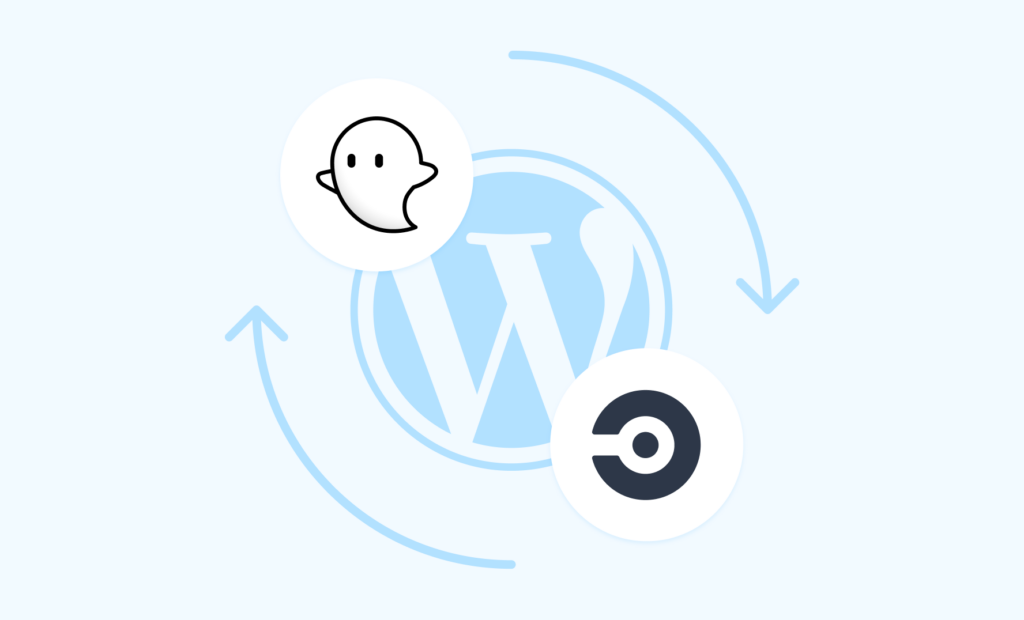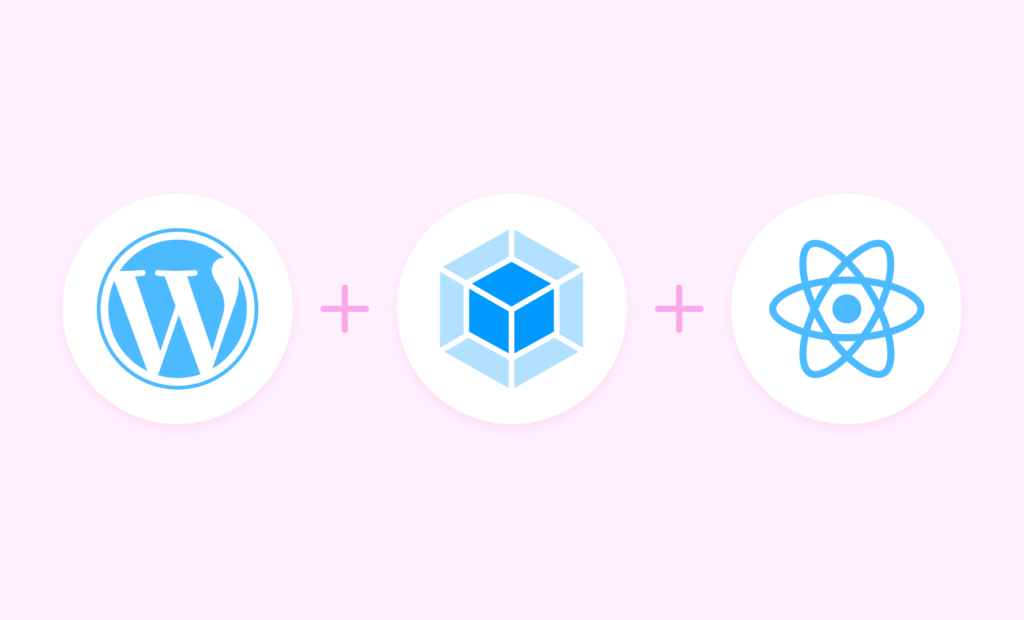Testing Before Releasing with Ghost Inspector and Netlify

Ghost Inspector Netlify Plugin We’ve recently released a new plugin for Netlify that allows you to automatically run Ghost Inspector tests on every deploy, including deploy previews! By default, Netlify deploys your production branch on every change. To enable deploys for other branches, follow the Netlify instructions: To generate branch deploys for other branches in […]
Continuous Integration Testing for WordPress

While continuous integration is a common practice for most development teams, the stateful nature of WordPress makes it difficult, but not impossible, to setup. For our open source WordPress plugin, we wanted to integrate our standard build and test process for every pull request using CircleCI. While it might be easier to setup a permanent staging environment, […]
Automated UI Testing for WordPress

Many people don’t test their WordPress websites, and it’s a problem. While the core of WordPress is fairly well-tested by its creators, users, and the open-source community, the same cannot be said for every plugin and theme. There’s an infinite combination of versions, hosting environments, plugins, themes, and configurations. You can’t trust the community to […]
Ghost Inspector’s New WordPress Plugin

Ghost Inspector is an automated browser testing tool for continously monitoring websites. Many of those websites run on WordPress. After lots of demand from our users, we’ve built a plugin to show your Ghost Inspector test results right inside your WordPress admin panel. The plugin enables you to display the latest test results for a […]
Develop a WordPress Plugin Using Webpack and React

Ghost Inspector is an automated browser testing tool for continuously monitoring websites. We recently released our WordPress plugin to show test results inside your WordPress admin dashboard. In this tutorial, you will learn how to build your own plugin using React, Webpack, and the Ghost Inspector API. You can view the final source code on GitHub. Why Use […]

